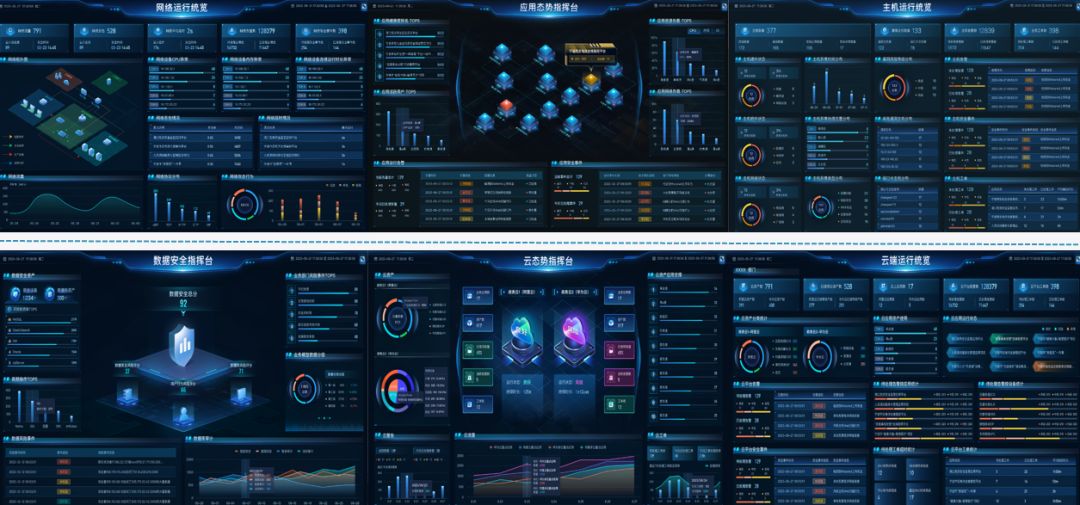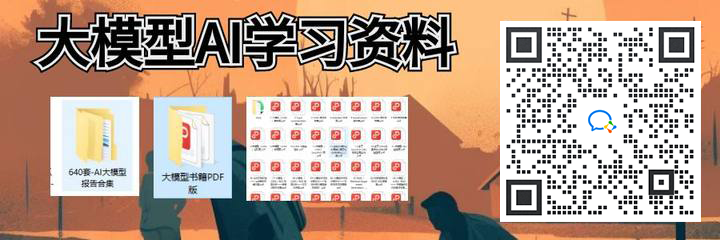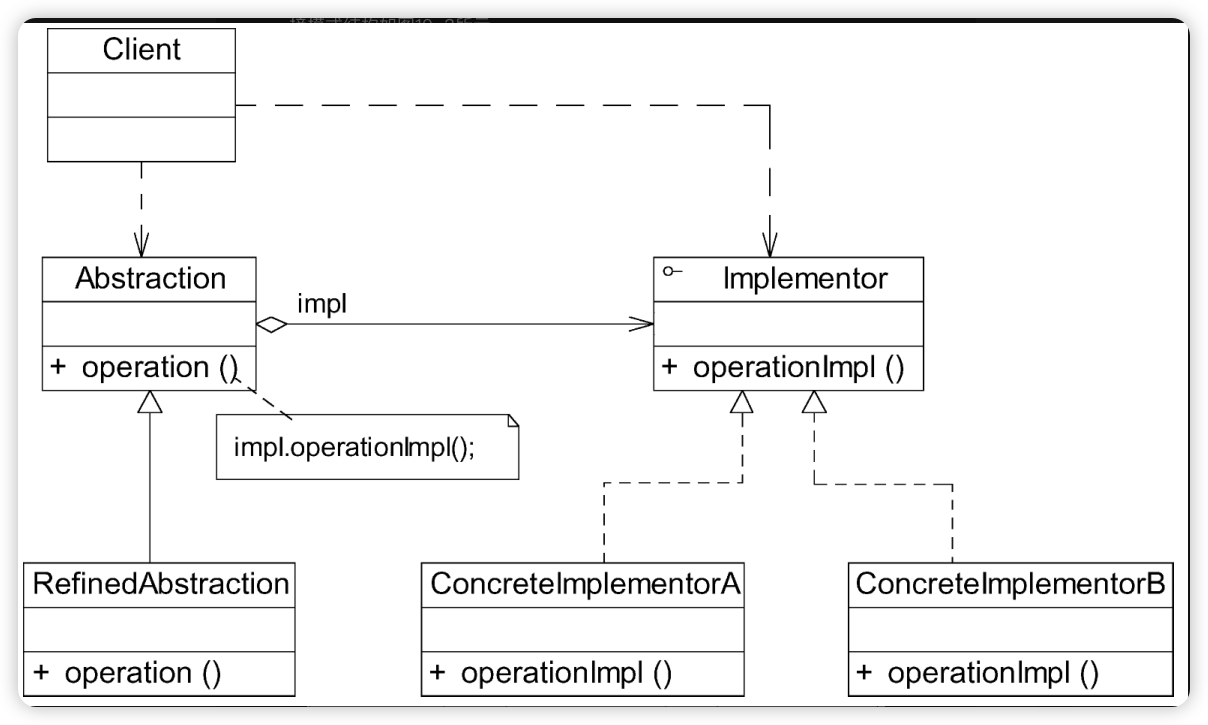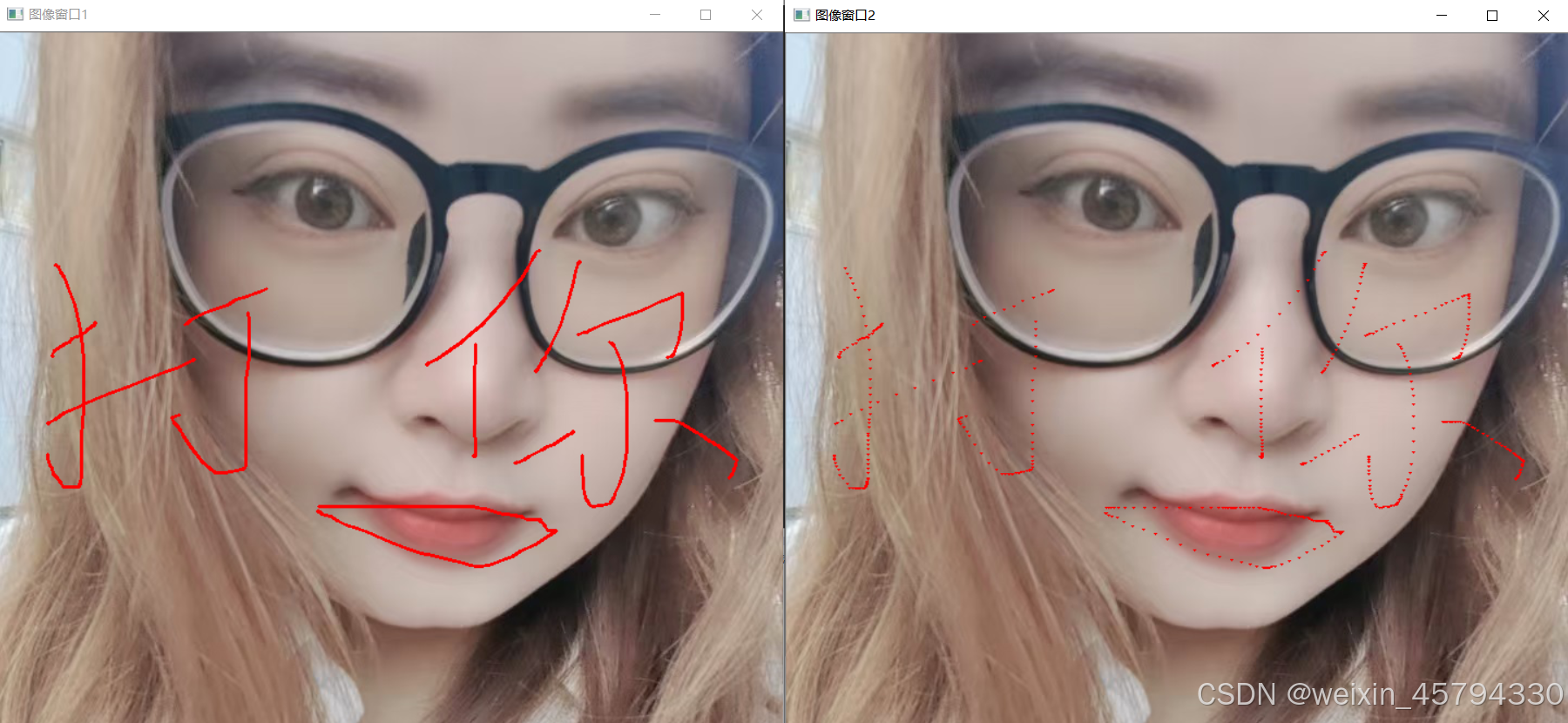基于OpenCV的答题卡识别系统,其主要功能是自动读取并评分答题卡上的选择题答案。系统通过图像处理和计算机视觉技术,自动化地完成了从读取图像到输出成绩的整个流程。下面是该系统的主要步骤和实现细节的概述:
1. 导入必要的库
系统首先导入了numpy、argparse、imutils和cv2等Python库。这些库提供了处理图像、解析命令行参数等功能。
# 导入工具包
import numpy as np
import argparse
import imutils
import cv2
2. 参数设置
使用argparse库来处理命令行输入参数,允许用户指定输入图像的路径。
# 设置参数
ap = argparse.ArgumentParser()
ap.add_argument("-i", "--image", default="images/test_01.png",help="path to the input image")
args = vars(ap.parse_args())3. 定义答案键
系统中定义了一个答案键(ANSWER_KEY),这是一个字典,用于存储每个问题的正确答案选项
# 正确答案
ANSWER_KEY = {0: 1, 1: 4, 2: 0, 3: 3, 4: 1}
以下是针对每个主要步骤的对应代码片段,以及如何实现在上述答题卡识别系统中的功能:
4. 图像预处理
image = cv2.imread(args["image"])
gray = cv2.cvtColor(image, cv2.COLOR_BGR2GRAY)
blurred = cv2.GaussianBlur(gray, (5, 5), 0)
edged = cv2.Canny(blurred, 75, 200)
实现细节:
cv2.imread:加载图像。cv2.cvtColor:将图像从BGR颜色空间转换为灰度。cv2.GaussianBlur:应用高斯模糊,减少噪声。cv2.Canny:执行Canny边缘检测。

5. 轮廓检测
cnts = cv2.findContours(edged.copy(), cv2.RETR_EXTERNAL, cv2.CHAIN_APPROX_SIMPLE)
cnts = imutils.grab_contours(cnts)
docCnt = Noneif len(cnts) > 0:cnts = sorted(cnts, key=cv2.contourArea, reverse=True)for c in cnts:peri = cv2.arcLength(c, True)approx = cv2.approxPolyDP(c, 0.02 * peri, True)if len(approx) == 4:docCnt = approxbreak
实现细节:
cv2.findContours:查找边缘。sorted:按轮廓面积大小排序。cv2.approxPolyDP:轮廓近似,寻找角点。

6. 透视变换
paper = four_point_transform(image, docCnt.reshape(4, 2))
warped = four_point_transform(gray, docCnt.reshape(4, 2))
实现细节:
- 使用自定义函数
four_point_transform来执行透视变换,以得到答题卡的顶视图。

7. 应用阈值
thresh = cv2.threshold(warped, 0, 255, cv2.THRESH_BINARY_INV | cv2.THRESH_OTSU)[1]
实现细节:
cv2.threshold:通过Otsu方法自动确定最优阈值并二值化图像。

8. 轮廓再次检测
cnts = cv2.findContours(thresh.copy(), cv2.RETR_EXTERNAL, cv2.CHAIN_APPROX_SIMPLE)
cnts = imutils.grab_contours(cnts)
实现细节:
- 再次检测二值化图像中的轮廓。

9. 筛选与排序
questionCnts = []for c in cnts:(x, y, w, h) = cv2.boundingRect(c)ar = w / float(h)if w >= 20 and h >= 20 and ar >= 0.9 and ar <= 1.1:questionCnts.append(c)questionCnts = contours.sort_contours(questionCnts, method="top-to-bottom")[0]
实现细节:
- 筛选形状近似于圆的轮廓,并按从上到下排序。

10. 评分逻辑
correct = 0
for (q, i) in enumerate(np.arange(0, len(questionCnts), 5)):cnts = contours.sort_contours(questionCnts[i:i+5])[0]bubbled = Nonefor (j, c) in enumerate(cnts):mask = np.zeros(thresh.shape, dtype="uint8")cv2.drawContours(mask, [c], -1, 255, -1)mask = cv2.bitwise_and(thresh, thresh, mask=mask)total = cv2.countNonZero(mask)if bubbled is None or total > bubbled[0]:bubbled = (total, j)if bubbled[1] == ANSWER_KEY[q]:correct += 1
实现细节:
- 遍历每个问题的答题区域,通过填涂密度判断学生选择,通过计算填涂区域的像素密度来判断学生的的选项。然后将这个选择与答案键中的正确选项进行比较,统计出正确的答案数量。

11. 结果展示
score = (correct / float(len(ANSWER_KEY))) * 100
print("总分: {:.2f}%".format(score))
cv2.imshow("Original", image)
cv2.imshow("Exam", paper)
cv2.waitKey(0)
实现细节:
- 计算出得分百分比,并输出。
cv2.imshow:展示原始图像和处理后的图像,以便检查标记的正确与错误的答案。
源码下载
源码下载:答题卡识别判卷系统







![[工具使用]git](https://i-blog.csdnimg.cn/direct/d87b739518494e8db3bd6d8f414a4410.png)











